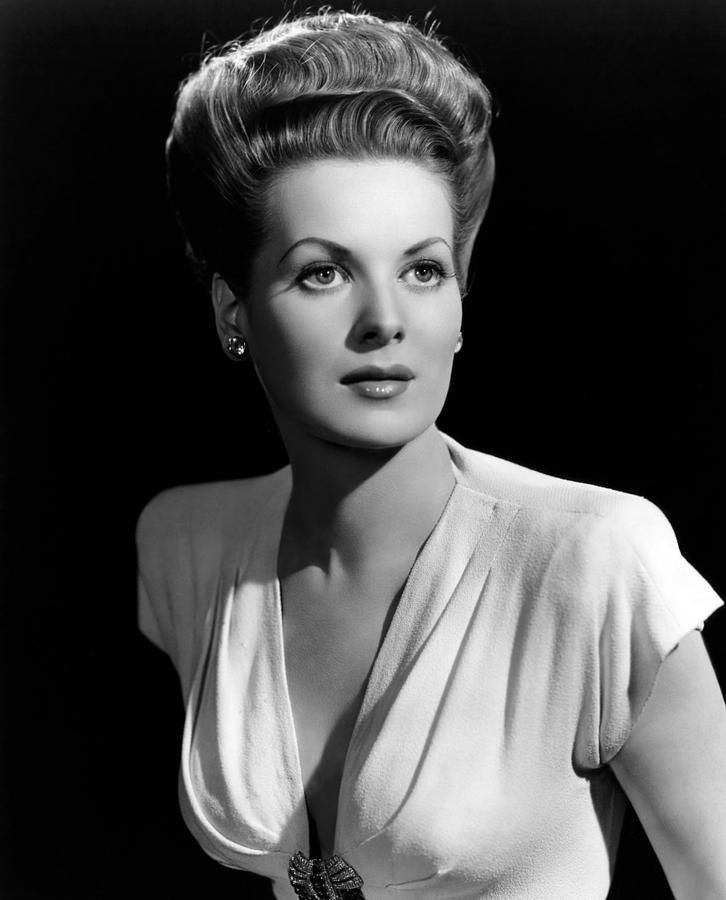The Quiet Man (1952)
- Soames Inscker

- Aug 31
- 4 min read

John Ford’s The Quiet Man (1952) is a luminous and affectionate portrait of Ireland, blending romance, comedy, and drama in a manner that has secured it a cherished place in classic Hollywood cinema. Adapted from Maurice Walsh’s short story, the film stars John Wayne as Sean Thornton, an Irish-American seeking a quieter, more meaningful life, and Maureen O’Hara as Mary Kate Danaher, a spirited local woman whose fiery temper tests Sean’s patience and charm.
The film won two Academy Awards—Best Director for Ford and Best Cinematography (Colour) for Winton C. Hoch—and remains widely regarded as one of Ford’s most accomplished works, showcasing his ability to combine sweeping visual beauty with intimate character drama.
Sean Thornton, a former American boxer, returns to the village of Inisfree in Ireland, the homeland of his family, seeking a peaceful existence away from his violent past. He purchases the family homestead and attempts to integrate into rural Irish life.

However, Sean soon encounters Mary Kate Danaher, the feisty daughter of a local family, who immediately challenges his authority and patience. Their initial confrontations—often punctuated by spirited physical scuffles—soon develop into romance.
Complications arise from local customs, Mary Kate’s protective family, and the village’s tightly knit social fabric. The situation escalates when a long-standing dowry dispute and Sean’s refusal to be intimidated by local tradition result in a climactic, all-out brawl that is both comic and thrilling.
The story resolves with the triumph of love and the reconciliation of personal desire with community expectations, highlighting the enduring charm and resilience of rural life.
Sean Thornton’s journey is one of self-discovery and reconnection. As an Irish-American, he seeks not only a physical home but also a sense of belonging. Ford celebrates the pull of ancestral roots, depicting Ireland as a place of both moral grounding and emotional fulfilment.
The film’s central love story is framed by tension and challenge. Sean and Mary Kate’s romance is a negotiation of wills, reflecting themes of mutual respect, strength, and compromise. Their physical sparring, most famously the pillow fight and hand-to-hand confrontation, combines humour with genuine character development, underscoring the vitality and assertiveness of Mary Kate.

The Quiet Man is as much about the Irish village as it is about the lovers. Local customs, social hierarchies, and the intricate fabric of rural life play central roles in shaping character behaviour. The film balances affection for tradition with gentle critique, acknowledging both its charms and its rigidities.
Ford’s film is notable for its blend of comedy and drama. Humour arises naturally from character interactions and cultural idiosyncrasies, while moments of emotional resonance—Sean’s reflections on his past, Mary Kate’s vulnerability—give the story depth and heart.
John Wayne (Sean Thornton): Wayne delivers a nuanced performance that diverges from his typical Western persona. He balances physical presence with sensitivity, portraying Sean as both strong and contemplative. His on-screen chemistry with O’Hara is compelling, making their romance believable and engaging.
Maureen O’Hara (Mary Kate Danaher): O’Hara is magnetic as the fiery, independent Mary Kate. Her combination of strength, wit, and charm elevates the character from mere romantic foil to fully realised heroine. The physicality of her confrontations with Wayne underscores her vitality.
Supporting Cast: The ensemble of local villagers, including Ward Bond as Michaeleen Oge Flynn and Victor McLaglen as Squire “Red” Will Danaher, adds warmth, humour, and authenticity. Each character contributes to the sense of a living, breathing community.
John Ford’s direction is both affectionate and visually masterful. His depiction of the Irish countryside is idyllic yet grounded, with sweeping shots of verdant fields, rugged coastline, and quaint villages. Cinematographer Winton C. Hoch utilises Technicolor to create a vibrant palette, accentuating the lush greenery, blue skies, and rich costumes, giving the film a timeless, storybook quality.
Ford also demonstrates remarkable control over tone, balancing comic set-pieces, intimate romantic moments, and the climactic action sequence. His use of location filming lends authenticity and grandeur, while his skill in choreographing complex group scenes ensures that even the chaotic brawl retains clarity and excitement.
Victor Young’s score incorporates traditional Irish motifs, supporting both the emotional core of the story and the film’s lighter, comedic elements. Music punctuates key moments of romance and tension, enhancing the narrative without overwhelming it.

Upon release, The Quiet Man was both a critical and commercial success. It won Academy Awards for Best Director and Best Cinematography (Color), and its enduring popularity has cemented it as a classic. The film has been praised for its combination of romance, comedy, and visual beauty, and it remains a touchstone for representations of Ireland in cinema.
Its influence is evident in subsequent romantic comedies and dramas that emphasise setting as character and blend humour with emotional depth. Ford’s sympathetic portrayal of Ireland also contributed to the film’s international acclaim, helping to popularise the country as a cinematic landscape.
The Quiet Man (1952) is a joyous, visually stunning film that celebrates love, community, and the beauty of the Irish landscape. John Ford’s direction, combined with compelling performances by John Wayne and Maureen O’Hara, creates a film that is both heartwarming and exhilarating.
Its mixture of romance, comedy, and drama, along with its affectionate depiction of tradition and social bonds, ensures that it remains one of Hollywood’s most enduring and beloved classics. Ford’s ability to marry spectacle with intimacy makes The Quiet Man not only a triumph of its era but a timeless story of passion, pride, and place.






